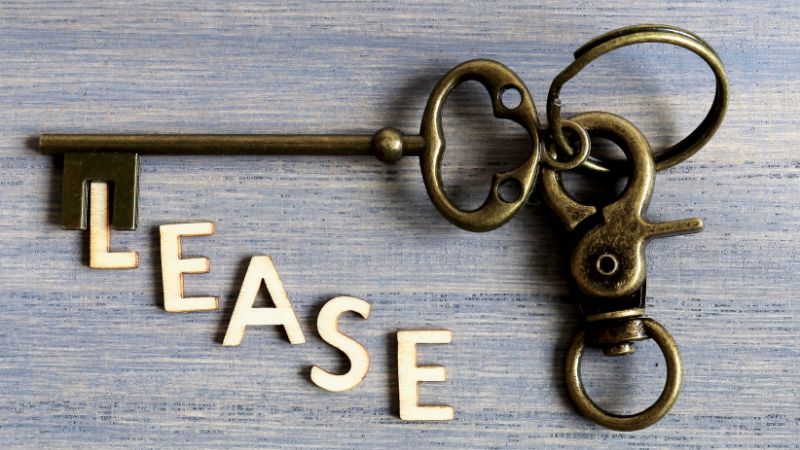Leases: Learning from Those Who've Gone Before
Leases: Learning from Those Who've Gone Before
“It’s important to learn from your mistakes, but it is BETTER to learn from other people’s mistakes, and it is BEST to learn from other people’s successes. It accelerates your own success.”
Jim Rohn
Seven and a half years after it was issued, the new lease accounting standard is finally effective for not-for-profit entities with fiscal year ends. This standard, which requires organizations to report leases on the statement of financial condition, has some complex accounting and reporting requirements. But not-for-profit organizations have one advantage that others didn’t have: many other organizations have adopted this standard before you.
Publicly traded companies were required to adopt this standard in 2019. Entities with calendar year ends (both for-profit and not-for-profit) adopted it earlier this year. Although not identical, governmental entities had a similar standard effective in 2022. As Brown Edwards has a large local government accounting and audit practice, we recently surveyed our clients regarding lease implementation and analyzed the results. While there are key differences between the structure of a city/town and a charity, this study provides some key takeaways that can make lease implementation smoother for nonprofit organizations.
Survey Results
- The first step in adopting the lease standard is identifying all leases. This can be more challenging than it appears as non-lease contracts can have embedded leases.
- 41% of those surveyed stated that lease identification was the most challenging part of adopting the standard. Every local government surveyed identified multiple leases in their analysis;
- 48% of respondents identified leases they didn’t know existed;
- Implementation of the standard will have an impact on the balance sheet.
- 27% of survey participants stated that the lease asset and liability were immaterial to their financial statements as a whole;
- 41% responded that the impact was very material.
- Implementing this standard is time-intensive.
- 77% of the survey respondents stated that implementation took over 20 hours.
- 61% stated that implementation was more time-consuming than expected.
- Approximately half stated that implementation was more challenging than anticipated while the other half said it was as expected. No one said it was easier.
- There are two primary tools organizations are using to assist in implementation.
- 57% used spreadsheets or templates in calculating lease assets and liabilities while the remaining purchased software, such as LeaseCrunch.
- Of those using software, 100% stated it was helpful, although 36% found it challenging to use.
Lessons Learned
- As noted above, adopting this standard can significantly increase assets and liabilities. Many debt facilities have financial covenants that must be met to prevent the loan from being called. Adopting the lease standard can impact the accounting ratios used in these covenants (debt to earnings, interest coverage, fixed charge coverage, current ratio, etc.) If you haven’t already, we recommend meeting with your lenders to review these covenants and the definitions used in the agreements to see if any need to be modified after adopting the standard.
- Consider the proper approach. As noted in the survey results, organizations are using both purchased software as well as spreadsheets/templates in adopting this standard. We have found that those organizations with fewer leases have good success with the spreadsheet approach, but that approach can become unwieldy with increased volume.
- In preparing this article, I interviewed several of our audit managers who spent the most time assisting clients with implementation. Their responses were almost uniform: “Don’t put it off! Our standard setters gave organizations many years to prepare for implementation. But people didn’t want to deal with it, so they kept kicking the can down the road. Then, when they finally had to buckle down and do it, it was harder and took more time than they wanted. This led to stressful periods for the organizations and the auditors.”
I hope this article has been helpful to you. Brown Edwards has been assisting its clients with lease implementation for several years and we’ve developed solid templates and spreadsheets. We have also developed an excellent familiarity with the various lease software available. If we can assist, please don’t hesitate to contact us.
Contact Us

